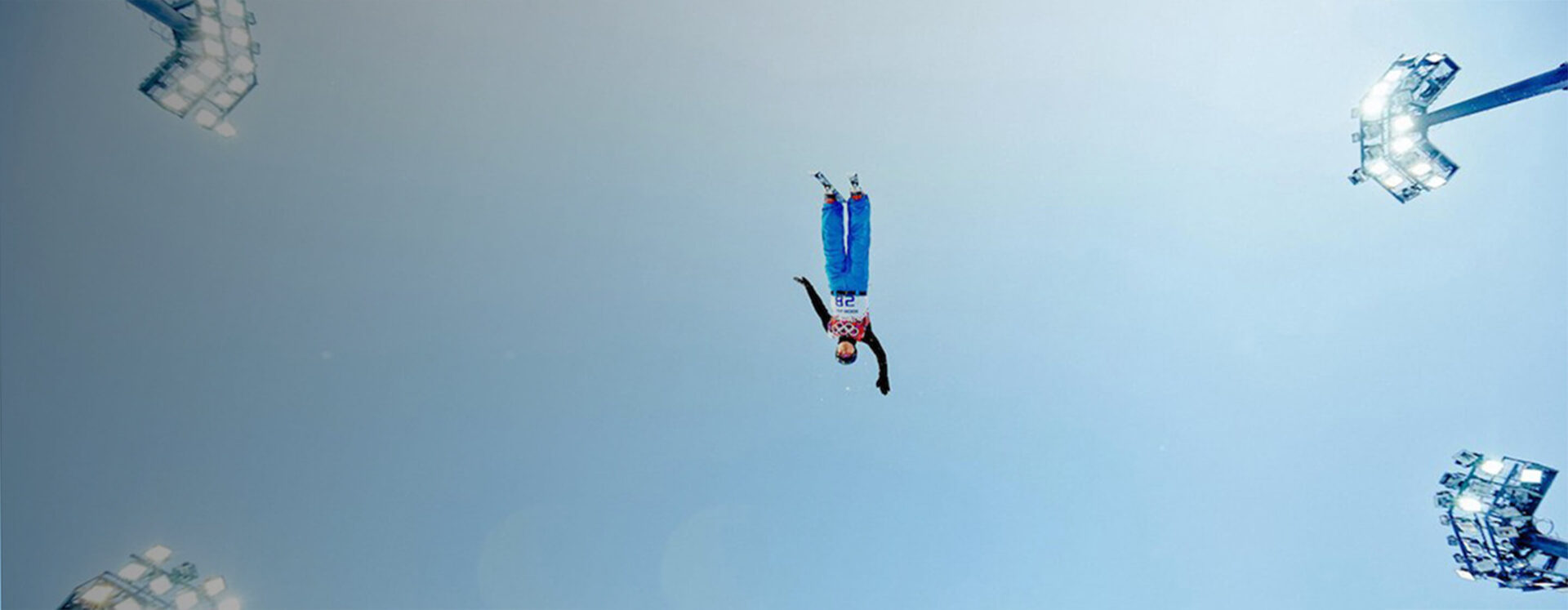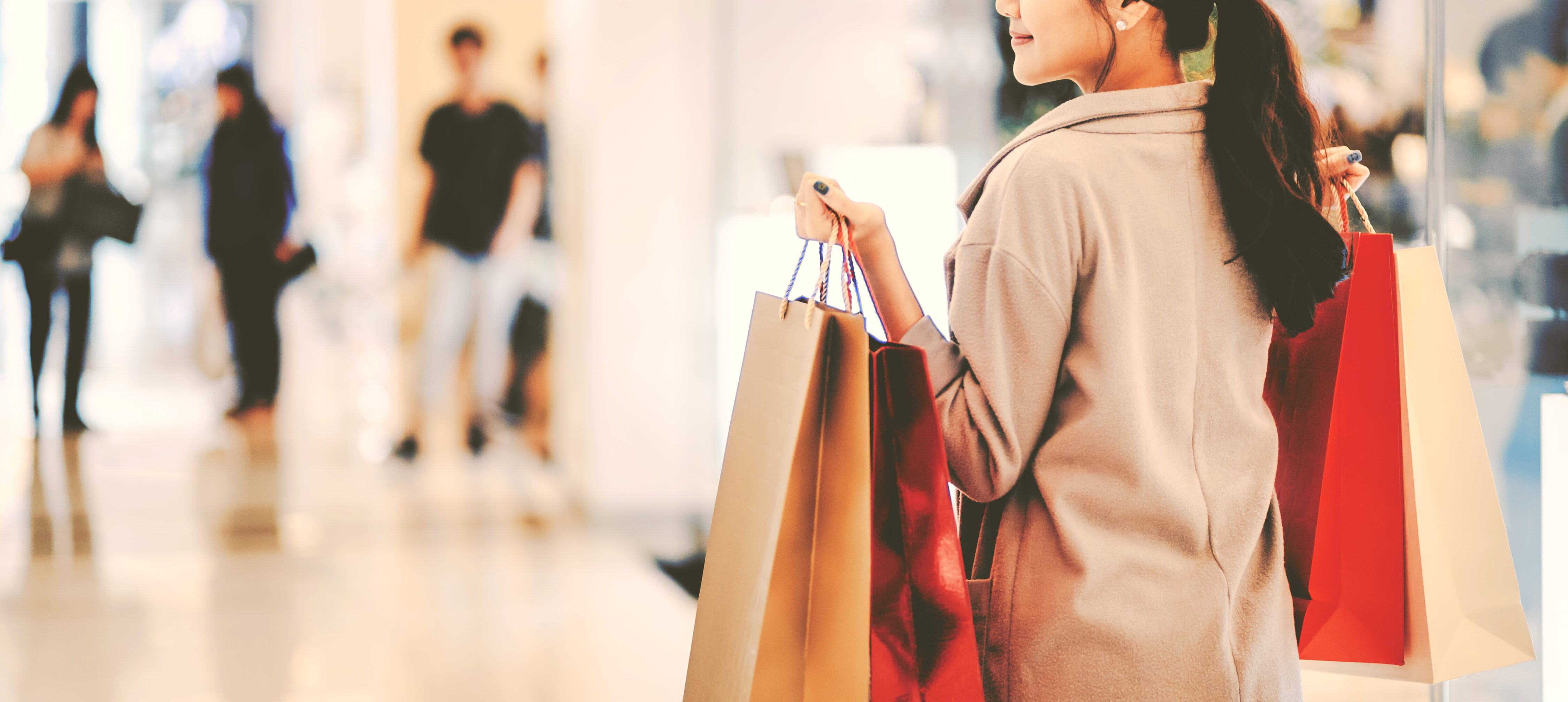
The other competition at the Pyeongchang Olympics: Sponsorship!
As the world’s top winter sports stars gear up for a month of athletic prowess in the snow and ice of Pyeongchang, the thirteen worldwide Olympic sponsors who have helped fund the global spectacle have already started outdoing each other to capture the attention of a billion-strong television audience.
World sponsors Procter and Gamble and Alibaba have kicked off their Winter Olympic Campaigns with tug-of-the-heartstrings television adverts. With their minute and a half long video “#LoveOverBias” campaign, Procter and Gamble, the makers of family consumer goods like disposable nappies and shampoos, have amplified their highly successful “Thank you Mom” campaign through featuring mothers helping their children strive for their Olympian dreams, surmounting obstacles of homophobia, religious intolerance, color, poverty and disability.
Chinese online shopping company Alibaba launched its first global advertising campaign to coincide with their debut as a World sponsor this Winter Olympics by following a similar aspirational theme. The first advert features an amateur ice hockey team from Kenya who have never seen real ice or snow but who aspire to one day qualify for the Olympic Winter Games.
All of this makes for great feel-good appeal of the sponsors, but both Procter and Gamble and Alibaba know that inspirational adverts alone are not enough to produce a return on investment. Because for every $1 that a company pays in sponsorship fees, it must spend at least $2-3 on developing an “activation” strategy. This means a strategy that encourages consumers to engage with the sponsor company. It could involve releasing new products or creating Olympic branded packaging.
Since boosting consumer engagement is crucial, Olympic sponsors tend to be consumer-focused brands like the 13 “Worldwide Olympic Partners” Coca-Cola, Alibaba*, Atos, Bridgestone*, Dow, GE, Intel*, Omega, Panasonic, Procter & Gamble, Samsung, Toyota* and Visa. Not to speak about the 10 extra “Official Partners” (such as McDonald’s, KT, and the North Face, etc.) and the 18 “official suppliers” (e.g.: Pagoda, SamilPWC, EWP, KIMG, etc.) B2B companies, by contrast, typically use the Olympics to strengthen business relationships with key clients, suppliers and other partners.
Although it’s complicated to measure the impact of corporate sponsorship on profitability, we can gauge the effect that brand awareness campaigns have on market share. And by this metric, some big consumer brands have generated good returns from sponsoring the Olympics.
Samsung used the hype around the 2012 London Olympics to launch a special edition of one of its devices, sign David Beckham as an official ambassador and sponsor the Olympic Torch Relay through Britain. Going further back, Coca-Cola doubled its market share in South Korea thanks to its strong activation strategy for the 1988 Seoul Olympics.
IEG, a consulting firm that has worked with Olympic sponsors and organizers over 30 years to quantify the results of their partnerships, identified ten brands involved in the Olympics, among them World sponsors like Coca Cola, Procter and Gamble and Visa whose campaigns and activations resulted in great investment returns. Other sponsors named were Heineken, GE, British Airways, DeLoitte, Ralph Loren, Kellog’s and Puma. What was common to all these brands was their recognition of consumers as collaborators who could spread a message through social networks. They don’t just activate. They innovate. They strive to become part of the community that surrounds an event like the Olympics and help consumers belong to that community.
In 2012, to capture the teen market, Coke commissioned music producer Mark Ronson to create “Move to the Beat” a song made up of sounds by competing athletes. Fans were involved in the creation by being invited to remix the anthem and create music videos which they shared through social media.
P&G reacted to social media criticism of corporates taking over events by donating 90 percent of its Games tickets to consumers. In Rio in 2016, in keeping with the “Thank You Mom” theme, the night before the Olympic Games Opening Ceremony, P&G had its own opening ceremony with Nadia Comaneci, the legendary Romanian Olympic gymnastics gold medallist, hosting athletes and their mothers. P&G’s “Thank You Mom” hospitality program gave Olympic Moms and their guests the chance to watch their athletes compete, and some mothers received tickets to their child’s sporting events.
An Olympic sponsor since 1986, Visa also offered hospitality as its activation strategy at the Rio Olympics. Visa’s Everywhere Lounge at the Windsor Atlantica Hotel on Rio’s Copacabana beach offered guests a break from Olympic crowds, the chance to eat a meal and view customized content on a 60-foot LED screen. The company also installed 4,000 NFC-enabled point-of-sale terminals that accepted payments from the rings, bracelets and watches it distributed pre-loaded with currency to Team Visa athletes, clients, VIPs, media and employees who tested the technology in Brazil.
Whether all 13 Pyeongchang “Worldwide Olympic Partners” will have a good Olympics depends a lot on each company’s motivation. If a company is sponsoring the Olympics to make itself look good, then the sponsorship will probably not deliver value. Sponsors with a clear activation strategy, on the other hand, are much more likely to win medals for good returns on investment.
Dr. Dominique Turpin is the Dentsu Chaired Professor at IMD.
Picture: IOC/Jason Evans
Research Information & Knowledge Hub for additional information on IMD publications
Consumer preferences are increasingly favoring brands with a strong local identity. The reasons for this trend include environmental concerns and challenges in our fast-paced, interconnected world. Global crises -- such as the COVID-19 pandemic, c...
The case study delves into strategic transformation and leadership transitions at Unilever since 2009. Unilever has been an industry leader of business sustainability. Paul Polman was a pioneer who introduced the idea that, by addressing social an...

Many companies overestimate customers’ appetite for sustainable products, flooding the market with offerings that don’t sell. The reality is, social and environmental benefits have less impact on purchasing decisions than basic product attributes ...
The case explores the efforts of Hamilton Mann, Group VP, Global Digital Marketing & Digital Transformation at Thales, to build a sales enablement platform as part of Thales’ larger digital transformation. “ContentFlix” aimed to be a one-stop sale...
in FamilyBusiness.org 28 October 2024
Research Information & Knowledge Hub for additional information on IMD publications
in I by IMD 17 October 2024
Research Information & Knowledge Hub for additional information on IMD publications
in I by IMD
Research Information & Knowledge Hub for additional information on IMD publications
Research Information & Knowledge Hub for additional information on IMD publications
Research Information & Knowledge Hub for additional information on IMD publications
Research Information & Knowledge Hub for additional information on IMD publications
Research Information & Knowledge Hub for additional information on IMD publications
Research Information & Knowledge Hub for additional information on IMD publications
in Harvard Business Review March-April 2024, vol. 102, issue 2, pp. 80-87
Research Information & Knowledge Hub for additional information on IMD publications
Research Information & Knowledge Hub for additional information on IMD publications




